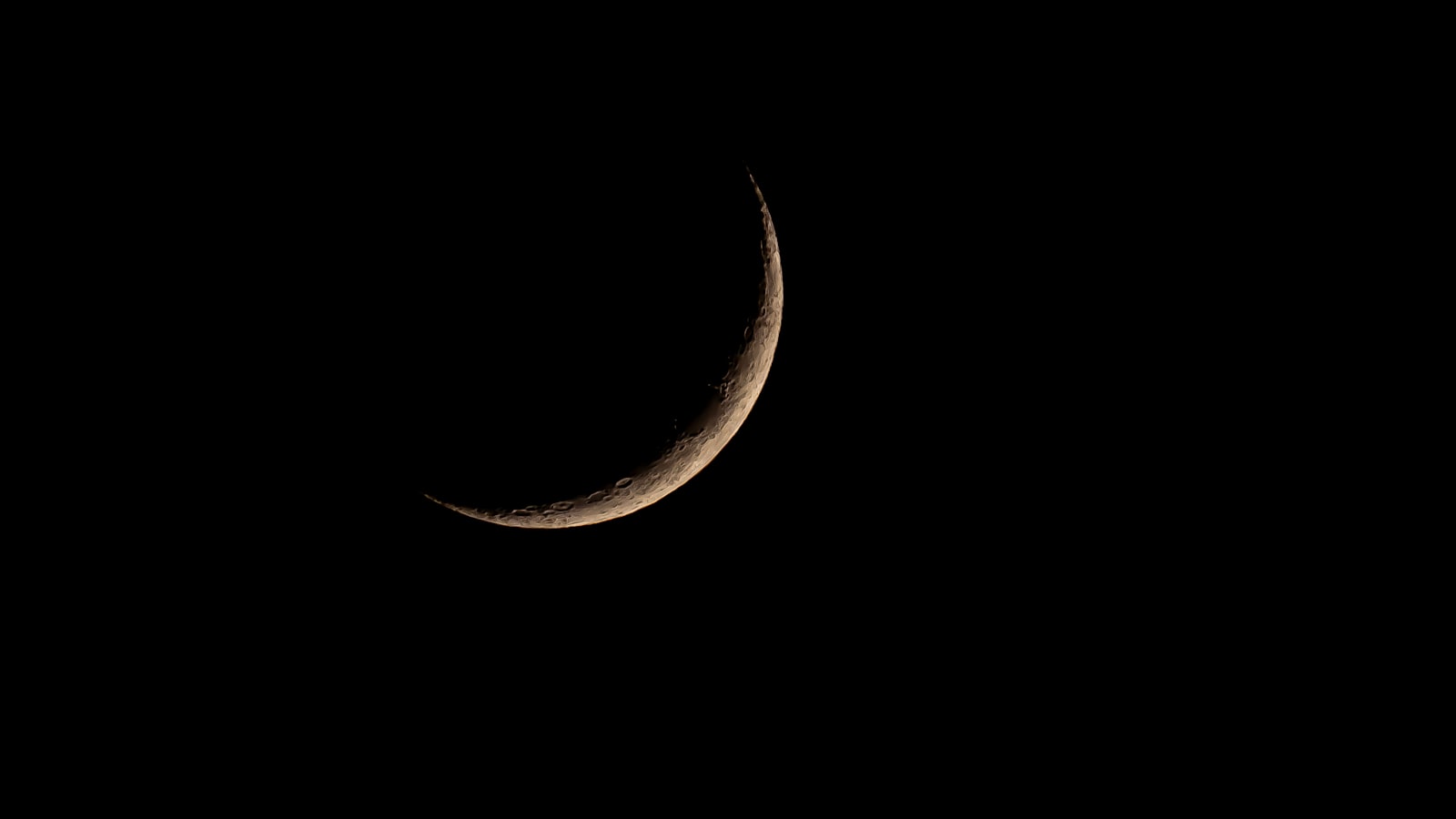As our ancestors once peered into the skies, their hearts thrumming to the orchestration of the cosmos, we too share in the sense of wonder at the celestial dance above. Few events excite the human imagination more than the grandeur of a solar eclipse—a cosmic phenomenon where mathematics and natural beauty converge with astonishing precision. But have you ever wondered just how these momentary alignments are predicted?
Unveiling the Celestial Puzzle
At its core, eclipse prediction is a mathematical symphony, with celestial mechanics laying down the rhythm for this astronomical spectacle. Long before the advent of modern technology, ancient civilizations astutely observed the patterns within the cosmos and etched the very first eclipse notations on weathered stones and papyrus scrolls.

Today, with the aid of sophisticated algorithms and astronomical software, the ability to pinpoint the exact date and location of solar eclipses has evolved from educated estimation to pinpoint precision. But what goes into cracking the code of these shadowy occurrences? It's all in the numbers.
The Dance of Celestial Bodies
Before we delve into the nitty-gritty of eclipse prediction, let's understand the main characters in this cosmic ballet: Sun, Moon, and Earth. A solar eclipse occurs when the Moon passes between Earth and the Sun, obscuring the Sun’s visage either partially or completely. This alignment is known as a syzygy—classical Greek for 'being paired together'—and it's the starting block for our mathematical journey.

Saros Cycle - The Ancient Rhythm
One of the oldest known methods for predicting eclipses is the Saros Cycle, discovered by Chaldean astronomers over 2500 years ago. This cycle, a period of approximately 18 years, 11 days, and 8 hours, allows for a rough estimate of when eclipses will repeat.
But the Saros isn't perfect—it doesn't account for Earth's elliptical orbit or the Moon's orbital inclination. Enter the Inex and the Metonic cycles: two more pieces of our mathematical jigsaw. Each cycle adds another layer of complexity and accuracy to our eclipse predictions.
Getting Granular with the Calculations
Now we plunge into the deep waters of eclipse mathematics. Computer models today take into account the gravitational perturbations of other planetary bodies, the minute fluctuations in Earth's rotational speed, and the precise size and shape of the moon's shadow—known as the umbra and penumbra.
To understand the terminology, think of the umbra as the 'bullseye' where the sun is completely obscured, and the penumbra as the 'outer ring' where it’s only partially hidden. Predicting the path of these shadows across Earth's surface is where the math intensifies to its zenith.
For those with a keen interest in these calculations, websites like eclipse-timer.com offer a treasure trove of information and an accessible way to stay up-to-date with upcoming solar eclipses. Whether you’re an aspiring astrophysicist or a curious sky watcher, this tool ensures that you won’t miss the next awe-inspiring event.
The Practical Applications of Eclipse Predictions
Aside from satisfying human curiosity and allowing for spectacular viewing parties, eclipse predictions have notable scientific and practical uses. From studying the sun's corona and its effects on our planet to calibrating instruments in space, the understanding of eclipse dynamics feeds directly into advancements in many fields.
And there's a historical angle too. By comparing contemporary eclipse records with past observations, we can measure how Earth's rotation speed has changed over time, offering insights into the inner workings of our planet.
Embrace the Celestial Event
So you want to witness the mathematical marvel that is a solar eclipse? Here's your action plan. Equip yourself with proper viewing equipment (never look directly at the sun), mark your calendar using resources like eclipse-timer.com for exact times and dates, and prepare to be mesmerized.

A Journey Through Time and Space
Modern eclipse predictions are more than just numbers—they're a testament to human innovation and our timeless fascination with the skies. From stone-carved eclipse warnings to digital countdowns, this journey through time and space continues to captivate.
Are you planning your own eclipse-viewing adventure? Drop your thoughts and plans in the comments below and join a community of fellow eclipse enthusiasts!
As we wrap up, remember that each eclipse is a moment of convergence—mathematics and majesty, past and future, Earth and cosmos. Whether you watch in silent reverence or cheer with excitement, being part of this celestial event is to participate in a ritual as old as civilization itself.
And should you find yourself looking up, feeling that ancient tug of wonder as the skies darken and the air stills, take a moment to appreciate the intricate mathematics that led you to this singular point in time and space, this fleeting alignment of spheres. It's not just magic; it's math.



















